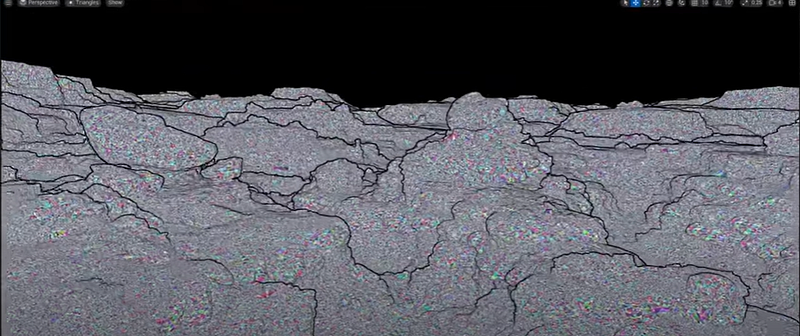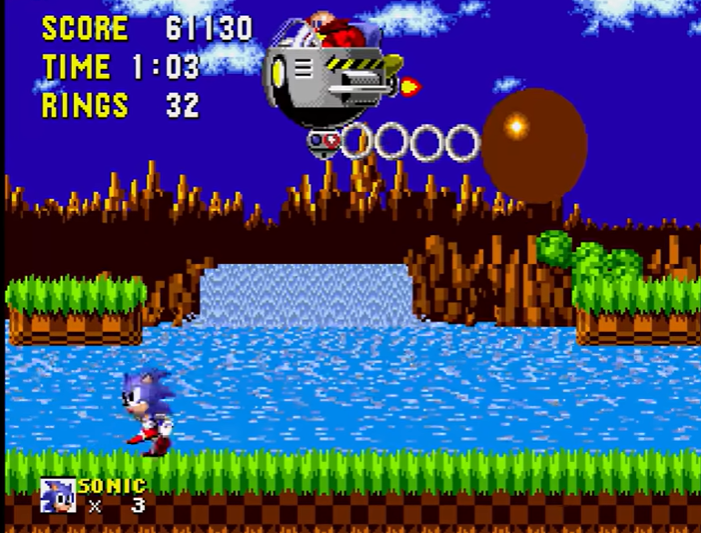The Future of Gaming: When Virtual Reality Mirrors Reality
Written on
The Evolution of Video Games
Even if gaming isn't your thing, understanding the advancements in this field is essential. Take a moment to watch the following video; it’s truly eye-opening:
Unreal Engine 5's Capabilities
The gap between video games and real life is shrinking rapidly. This transformation is largely due to Unreal Engine 5, a cutting-edge 3D design tool that produces incredibly lifelike graphics. The following video showcases a train station that blurs the line between virtual and actual reality:
If I hadn’t known better, I would have thought this was a real train station. Unreal Engine 5 incorporates technologies that elevate realism to new heights. For instance, a feature named Lumen allows light to behave in a way that closely mimics real-world lighting and reflections.
Nanite, another revolutionary element of Unreal Engine, consists of minuscule pixels that form every object in a virtual environment:

Do you remember The Matrix? This technology is reminiscent of that concept. Each item in a scene is made up of millions of tiny nanites, facilitating the creation of ultra-realistic environments, down to the smallest details.
Creating Realistic Characters
But how about crafting realistic human characters? Enter Metahuman, a groundbreaking program designed to achieve just that. Witness its capabilities in the video below:
While Metahuman may not completely bridge the uncanny valley like the train station video, the detail it captures is astonishing.
Additionally, Megascans allows users to take real-world photographs and convert them into 3D models within Unreal Engine. Imagine snapping a few images of your home and transforming them into a lifelike 3D representation:
A creator has digitally reconstructed his street by taking real-life photos and rendering them into a virtual environment using Megascans. With adequate resources, it’s conceivable to recreate an entire city with graphics that are indistinguishable from reality.
The Concept of a Second Reality
We are on the verge of creating a second reality. Picture a Google car capturing images of a city with a 3D camera. These images could be processed through Unreal Engine using Megascans, stitched together, and refined. While it may take time, it is entirely feasible.
Imagine donning a VR headset and instantly being transported to a virtual version of New York City. What if the next Grand Theft Auto installment takes place in a digital replica of real-world cities such as London, Paris, or Tokyo?

Reflect on how far video game graphics have come in just 30 years—from the pixelated graphics of Sonic The Hedgehog in 1991 to today's astonishing realism. What advancements can we expect by 2050 or 2070?
The Future: Two Paths Ahead
At this juncture, humanity faces two potential futures: a catastrophic event—be it nuclear war, a severe pandemic, a volcanic eruption, or a meteor strike—that could send us back to the Stone Age, or continued technological progress, allowing us to construct a flawless alternate reality.
With VR technology evolving, we will be able to immerse ourselves in multiple, lifelike worlds that feel indistinguishable from reality. Coupled with haptic technology, we will be able to feel and interact with these virtual spaces.
And yes, advancements in VR combined with other technologies may even enable realistic simulations of intimate experiences in a digital realm.
If you think the current world is strange, brace yourself. Technology is poised to transform our reality in ways we can't yet fathom.
Are you a creative individual seeking a side gig? Medium is an excellent platform to start earning extra income. Click here to begin your journey today.